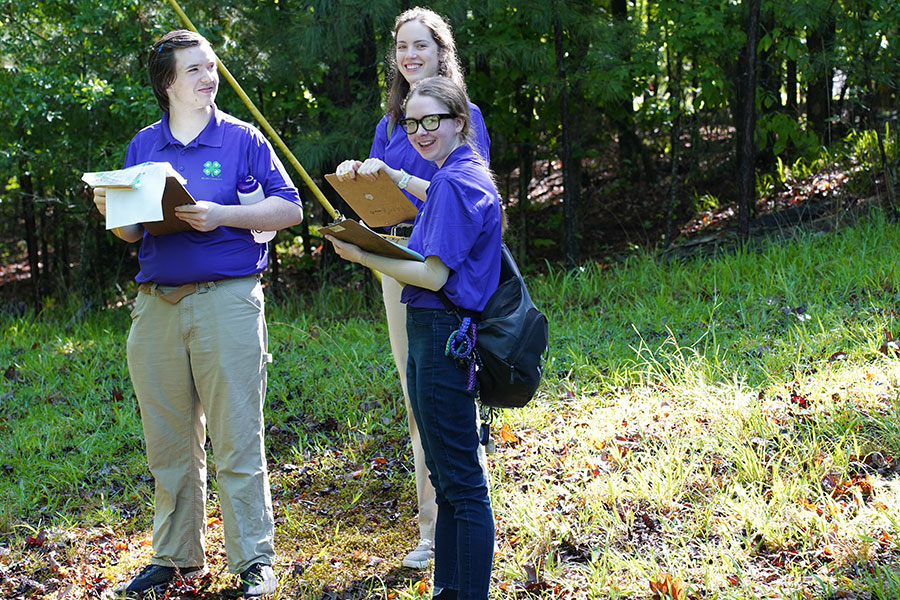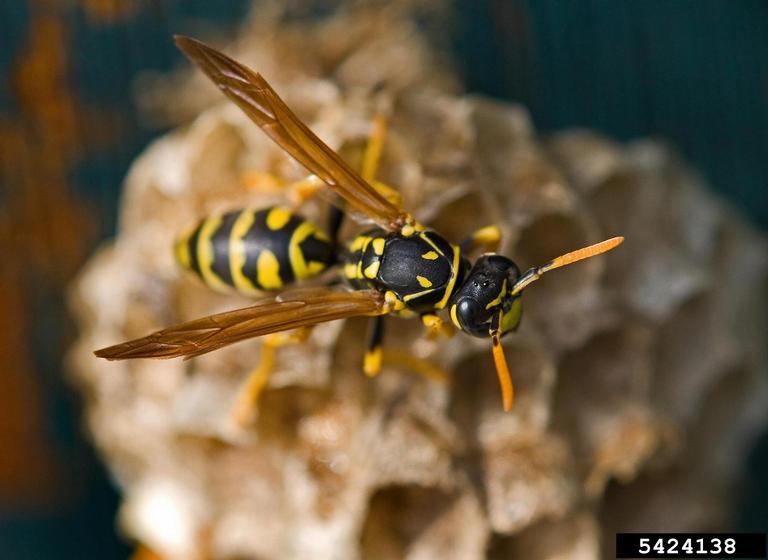Ah, summertime. The hot days, the dry grass. Sometimes the dying grass. But don't confuse grass dying from heat and lack of water with grass killed quickly by tiny insects' attack.
Chinch bugs and spittlebugs invade yards and grassy areas all over the Southeast.
"We estimate that lawn care professionals and homeowners spend about $4 million per year attempting to control and replace the damage caused by chinch bugs," said University of Georgia scientist Beverly Sparks.
"With spittlebugs, that drops down to about $2.7 million (spent to control them and repair their damage)," said Sparks, a research and extension entomologist with the UGA College of Agricultural and Environmental Sciences.
Both insects use piercing mouthparts to suck the sap from the grass. That loss of liquid and nutrients can cause grass to die in isolated areas.
Many people mistake chinch bug damage for mowing too closely or drought damage. Chinch bugs inject a toxin into the grass that kills it quickly. That damage quickly spreads as the chinch bugs move from the dead grass to other areas in the lawn.
Sparks said St. Augustine is chinch bugs' favorite grass, but they've also been found in centipede and Bermuda grass.
To find chinch bugs, part the grass and look closely for a fast- moving insect about one-sixteenth of an inch long. These tiny insects reproduce fast. That's part of why their damage spreads so quickly.
"They multiply quickly, and the immature insects feed with the adults," she said. "As they finish eating in one area of grass and it dies, they move out into a fresh area. And the damage expands across the yard."
Homeowners can prevent chinch bug invasions, at least to a degree.
* Don't overfertilize. That practically invites chinch bugs into a buffet. "They love lush, green lawns," Sparks said.
* Get rid of thatch. Thick thatch on the turf provides ideal places for chinch bugs to live while they feast on your lawn.
Sparks said spittlebugs' damage is quickly apparent. "You'll see small patches dying out and little frothy masses," she said.
Look for spittlebugs near the soil line of the grass. The insect nymph will be inside any frothy masses you might find.
Spittlebugs' damage is usually more sporadic within a yard. "It's not necessarily going to kill out the turf," she said. "But you can get some browning- out and dying."
Start treating spittlebug damage by mowing your grass closely. The mowing action picks up the masses and mixes them with the clippings. Collect the clippings and dispose of them. A properly maintained compost pile will kill any nymphs in the clippings.
Apply approved pesticides to treat either chinch bugs or spittlebugs. Sparks said to water your lawn first, especially if the grass is already drought-stressed. Then apply an approved insecticide to the entire lawn and let it dry. The remaining insecticide is most effective if left on the grass where it kills both the immature and adult insects.
Don't forget, though, that these are insects, Sparks said.
"The adults have wings, and new ones can fly into your yard from neighbors' yards," she said. "If you find these in your yard, chances are your neighbor has them, too. And all of you need to coordinate your control programs for them."






